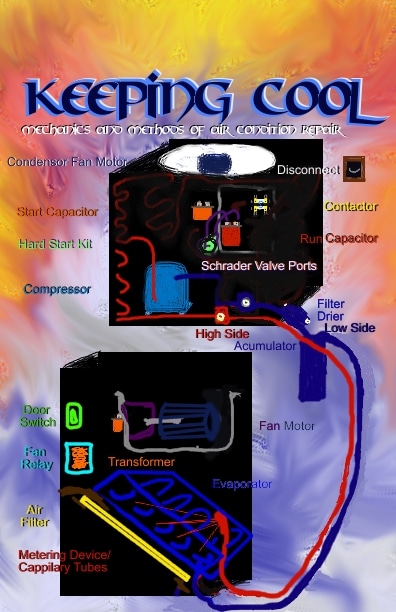Ok, today I wanted to show you the five most common problems with vanity bathroom faucets such as the (Price Pfister) one you see here.
One of the most often problems is a leak from the handle. Now if you are seeing a leak from the top of the handle, I am going to take this off just to show you, taking this sort of pretaking this apart with a flat blade knife and than pull the screw out. Just to make it faster.
If it is leaking from the handle it’s usually an O ring inside the top of the cartridge here. That’s one problem.
The next problem is if you have a leak from the spout. If you have a leak from the spout it’s often the bibb washer underneath here.
and that bibb washer needs to be replaced.
Now one nice upgrade you can do is to use a ceramic disc cartridge
which this one has already been done. Converted to a ceramic disc cartridge.
Here is a link https://amzn.to/2GFviej (Amazon Link) to a ceramic disc cartridge that works well for “Price Pfister” two handle bathroom or kitchen faucets.
It’s kind of nice in that it doesn’t have the same squeezing affect as a bibb washer. But anyway the most often cause of a dripping tap is from the bibb washer.
The third most common problem with vanity faucets is low flow or taking a long time to heat and what that most often is is a aerator. Now it doesn’t always appear so, you don’t always see the low flow but a lot of times that’s the cause.
First thing to check when you are having
it take a long time to get hot or you’re seeing low flow at your tap
is to change the aerator.
Fourth most common problem with vanity faucets is a leak from the supply line so looking down underneath here what you want to do is check it at all your fitting connections and feel for any leaks at all the connection points and that way make sure that your supply line is not leaking.
And the fifth most common source of trouble spots for the vanity faucet is the angle stop itself. so you want to feel in between. In between there at all of the fitting connections. You can see there’s a nut here that tightens down here sometimes this can be tightened. you want to use two wrenches if you have got a leak there.
And that is the five most common problems with vanity faucets.
